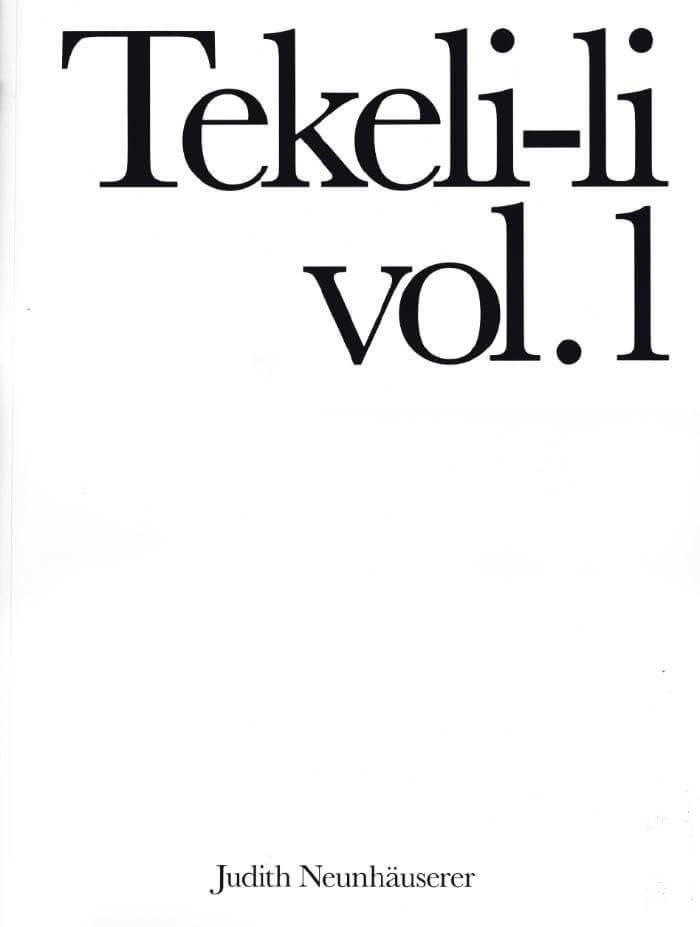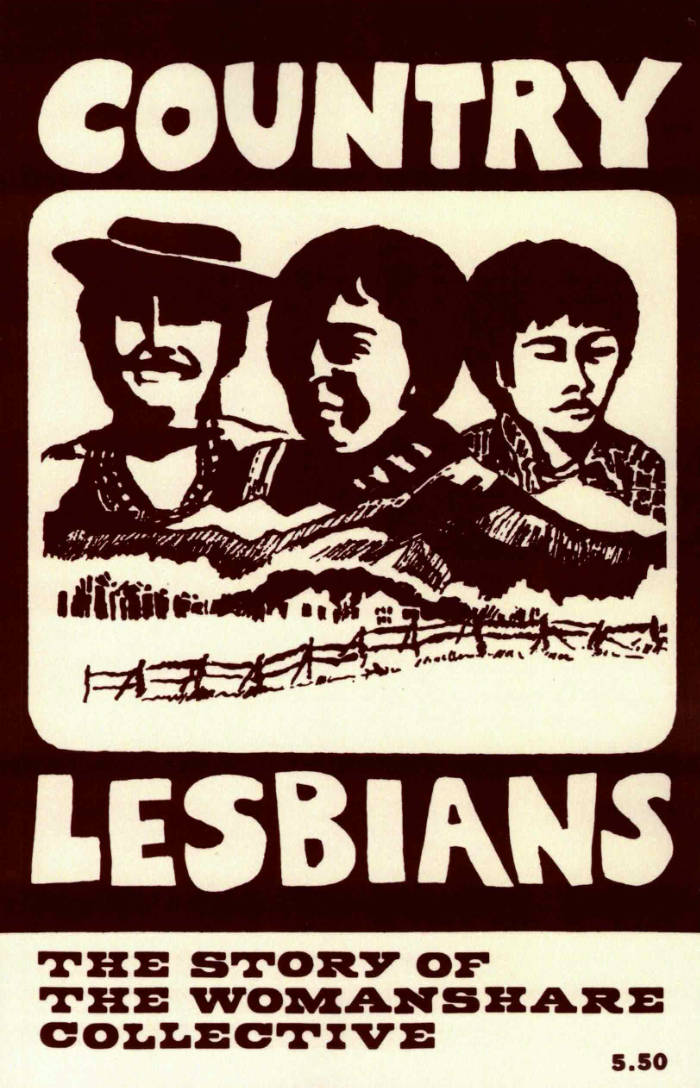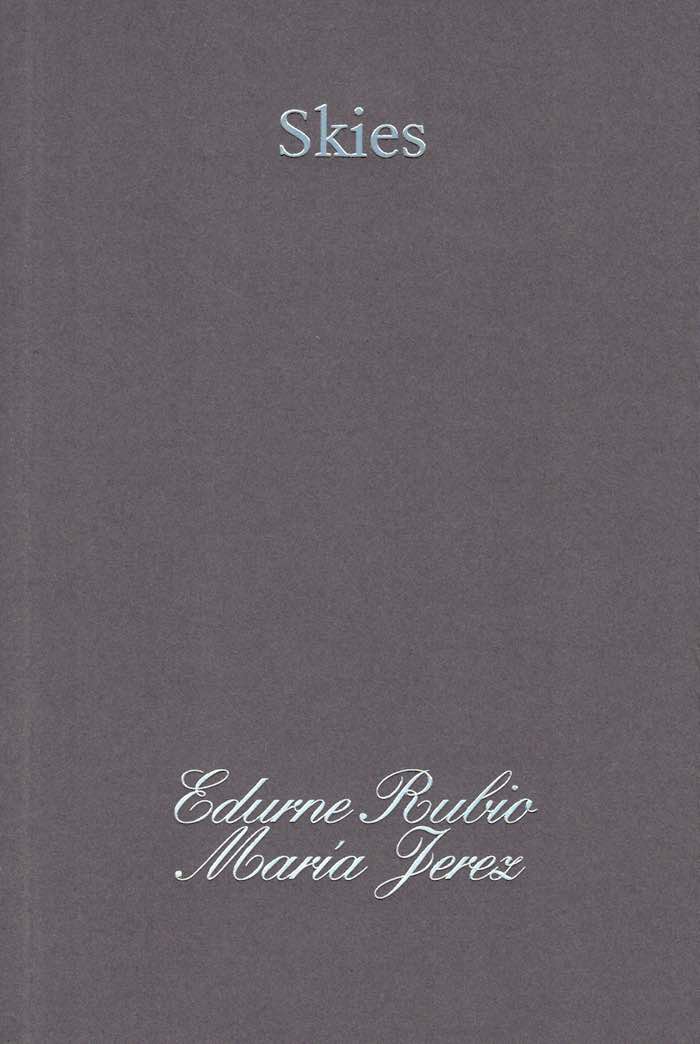
Tekeli-li - Vol. 1
TEKELI-LI in "Mountains of Madness" (1936) by H. P. Lovecraft is a scream that frightens polar explorers upon their arrival in a hidden city at the South Pole. An online bibliography listing Antarctic fictions is called the same.
Taking the shape of an encyclopedia and an adventure book, "Tekeli-li" is the first catalogue of artist Judith Neunhäuserer, mapping the various elements constituting her œuvre and research. This book includes a special ephemera: a handmade recycled A4 made from the publications used during her research.
Language: English






